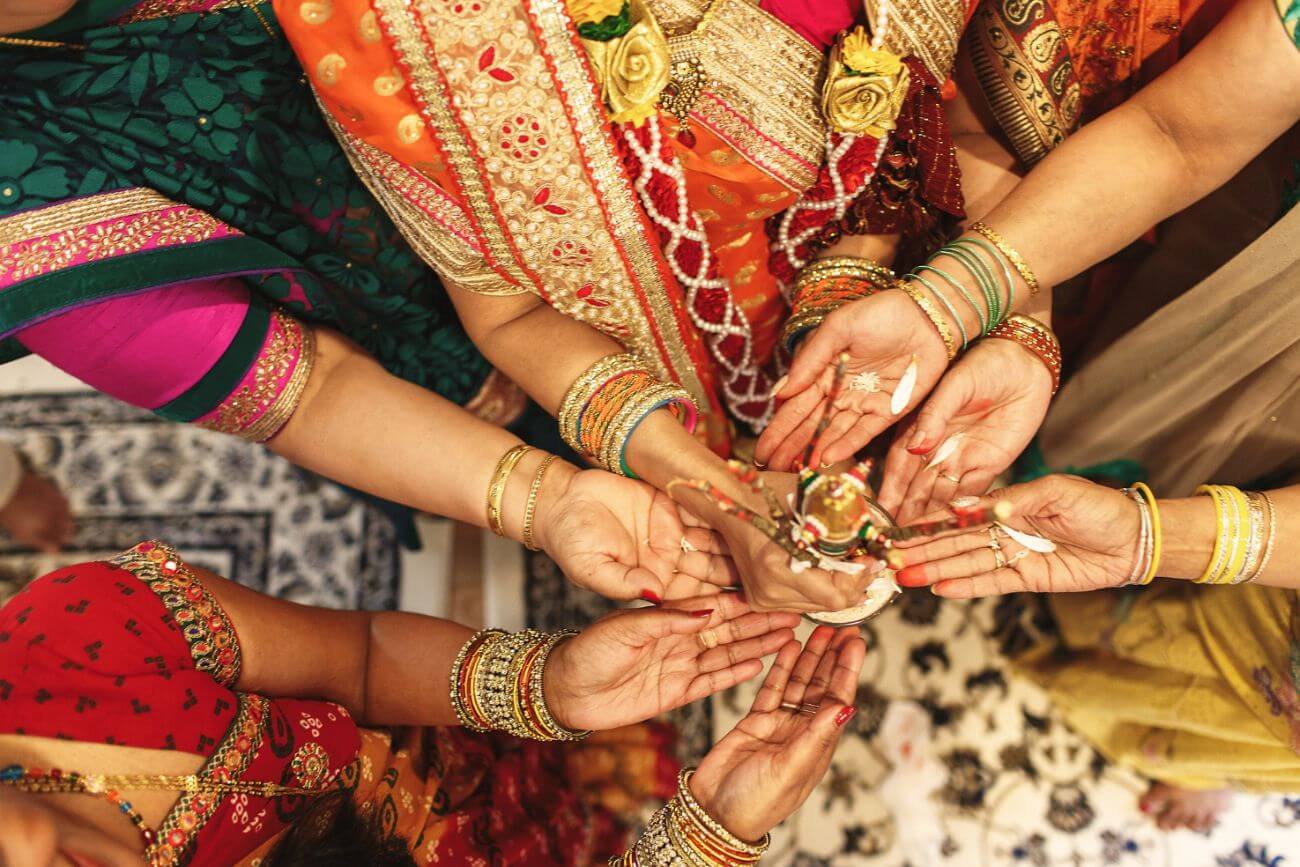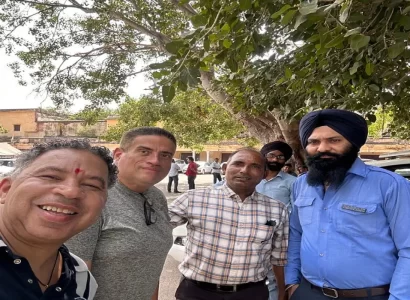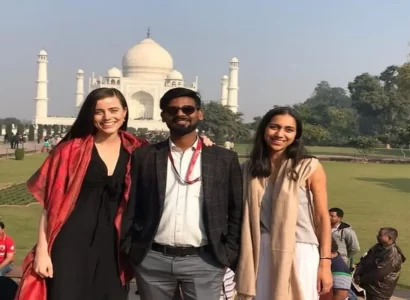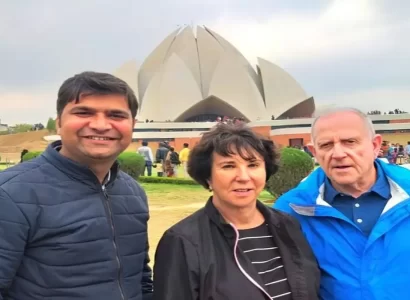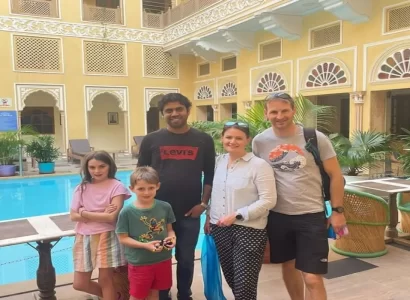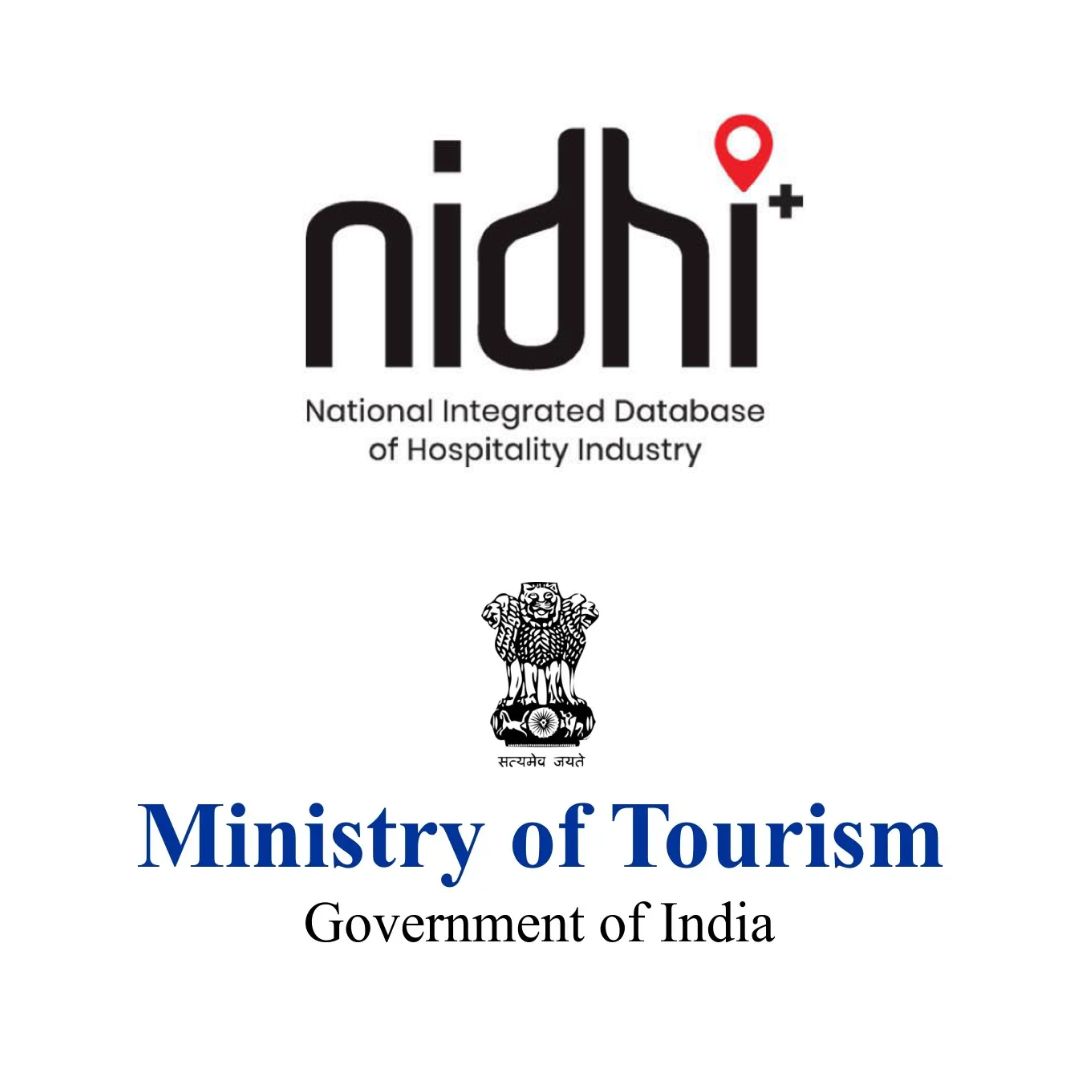Rajasthan is perhaps the richest state in the world. In terms of culture, art, tradition, food diversity, landscape diversity, and colour. Rajasthan’s vibrant cities captivate us, and no one can take their eyes off them. When they visit the city, they notice how colourful every region of the state is. The first documentation of the use of colour for beauty dates back to 1876. The Maharaja of Jaipur painted the imitation sandstone to enhance its attractiveness in order to impress the Prince of Wales. Maintenance is performed on a regular basis by city officials. This just grew over time. Pink-painted boulevards keep Jaipur’s distinctiveness alive. As a result, culture quickly spread to neighbouring cities.
Jaipur
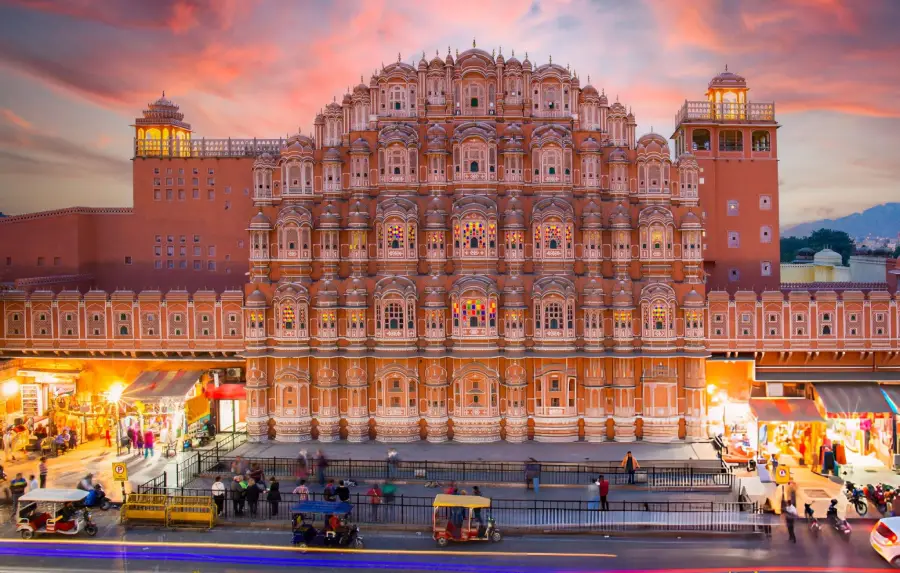
Rajasthan’s capital, Jaipur, is known as the “Pink City” and is the most colourful city in the state. The dusty-pink colour of the buildings and boulevards gives Jaipur a pink immaculate appearance. The monarchs originally painted it crimson in the seventeenth century, but when it was repainted in 1876, it turned the dusty pink tint we see now. Pink stones dominate the city’s historic quarter, where the famous Hawa Mahal or Palace of Winds is located, and give the walls and city a pinkish hue. Women from the royal family used to sit in solitude and view street life from a five-story edifice with 356 finely carved Jharokhas or windows.
Jodhpur
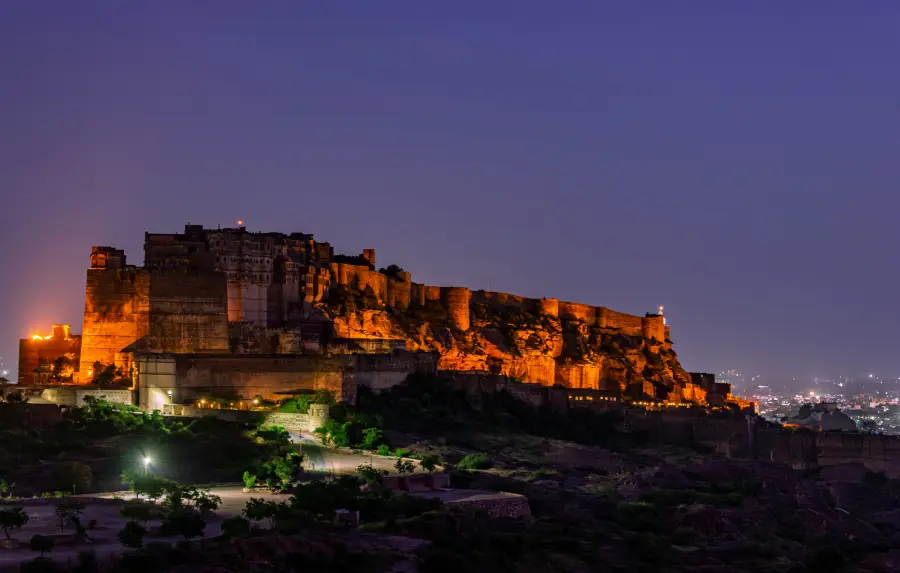
Also known as the ‘blue city’, initially the colour code was blue to distinguish the ‘Brahmin priests’ or ‘learned men’ from the so-called ‘common masses’ and with time people wealthy merchants and intellectually oriented also started painting their houses blue to appear ‘different’. However, with time rational arguments for the same were also being given with the most common being the ability of blue colour to keep houses cool amidst the heat waves that turn the city into a heat ball. It seems as if the entire city is raging with dark blue waves making their way through narrow streets and nooks with a little shade above the blue here and there.
Udaipur
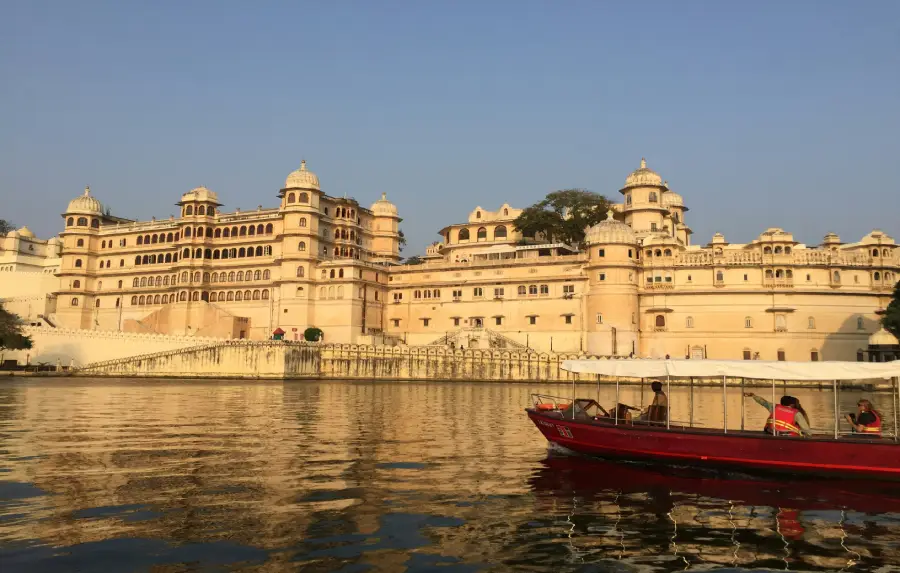
Otherwise known as the city of lakes, Udaipur is well acclaimed as the ‘Venice of the East’ and this is because of the plethora of beautiful and exceptionally picturesque monuments. These monuments are built in white marble and are extremely beautiful. The one which stands out of the lot is the City Palace standing tall amidst Lake Pichola. The lit-up city in the evening is a sight to behold. Soothing lakes, fairy-tale-like palaces, romantic spots and whitewashed Havelis are what every tourist gets to experience when in Udaipur. Additionally, many historical monuments have been converted into luxury hotels to add to the ambience and beauty of the white beauty! Lake Palace, City Palace, and Jagdish Mandir are some of the monuments which are responsible for providing Udaipur with the colour pallet that it is widely acclaimed for. Besides this Bagore Ki Haveli has also been preserved to an extent and deserves commendable applause. These colossal series of buildings which are beyond the edge of the natural bedrock, are carried on huge stone arches and are a continuation of the city walls. All these provide the city with the look of a vanilla cascade.
Jaisalmer
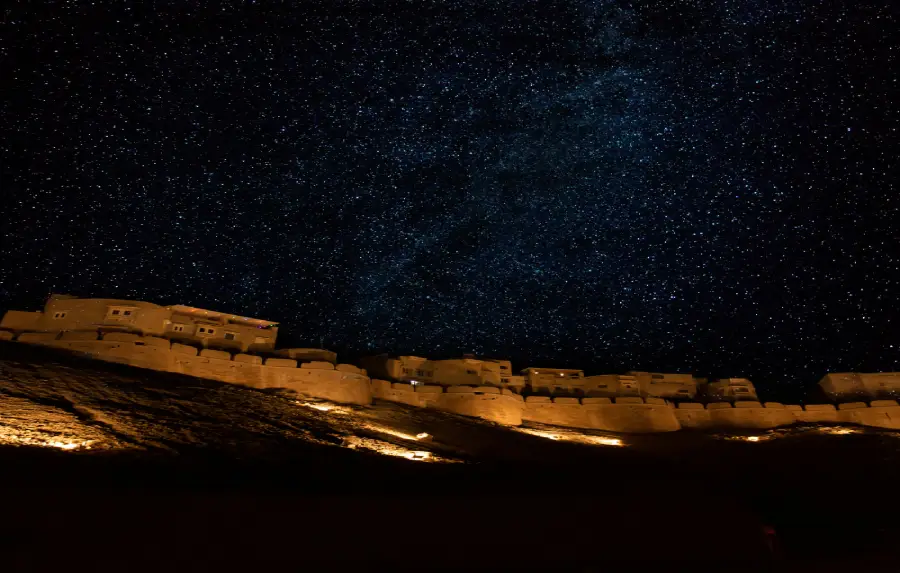
Jaisalmer is known as the ‘golden city’ and this is because of the fort that encapsulates the entire city. The Jaisalmer Fort is that big mammoth which dominates the entire city in all its majesty and aura. It seems as if all the small buildings are also a part of the larger building i.e., the Fort. Jaisalmer is the smallest colour coded of Rajasthan but due to the rich smell of dessert and golden hues. The honeycombed sandstone architecture has inspired many poets and artists to its ‘Golden City’. This is visible in the giant castle. The city is westernmost in the Rajasthan circuit and is very near to the Thar Desert. Therefore, during sunrise and sunset, the yellow sunrays bounce off the dark orange desert creating mirages and delusional patterns of golden-gilded retreats. When these rays sink deep into the thick layer of sand pervasively capturing the endless land an unfathomably spectacular beauty daubs the blue sky. The amber-yellow hues then spread throughout the metropolis in a space of changing lights. The city is characterised by narrow streets lined with temples, residences, guesthouses, and eateries. Sonar Qila, which means “golden fort,” is a UNESCO World Heritage site in Jaisalmer. Inside the Jaisalmer fort, there lies a little walled city!
The colour patterning of Rajasthan is not only very precise and neat but also withholds a logical edge to it. Each city is known by a colour and every colour reflects a tale, a tale of formal rules, informal norms, shared understandings, codified conventions, survival tactics and beliefs of the past. However, magically enough each colour fits perfectly with the buzz of the city even in modern days and there can be nothing more beautiful than that.
